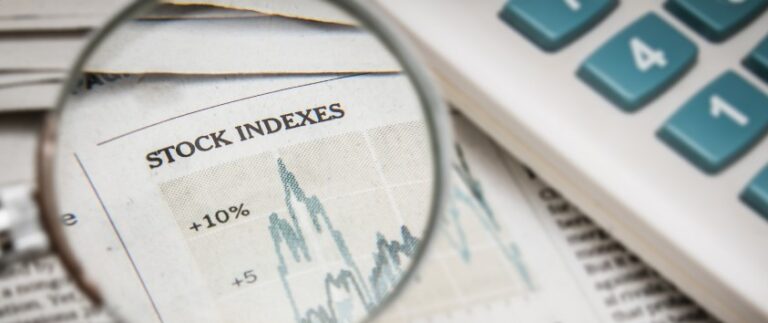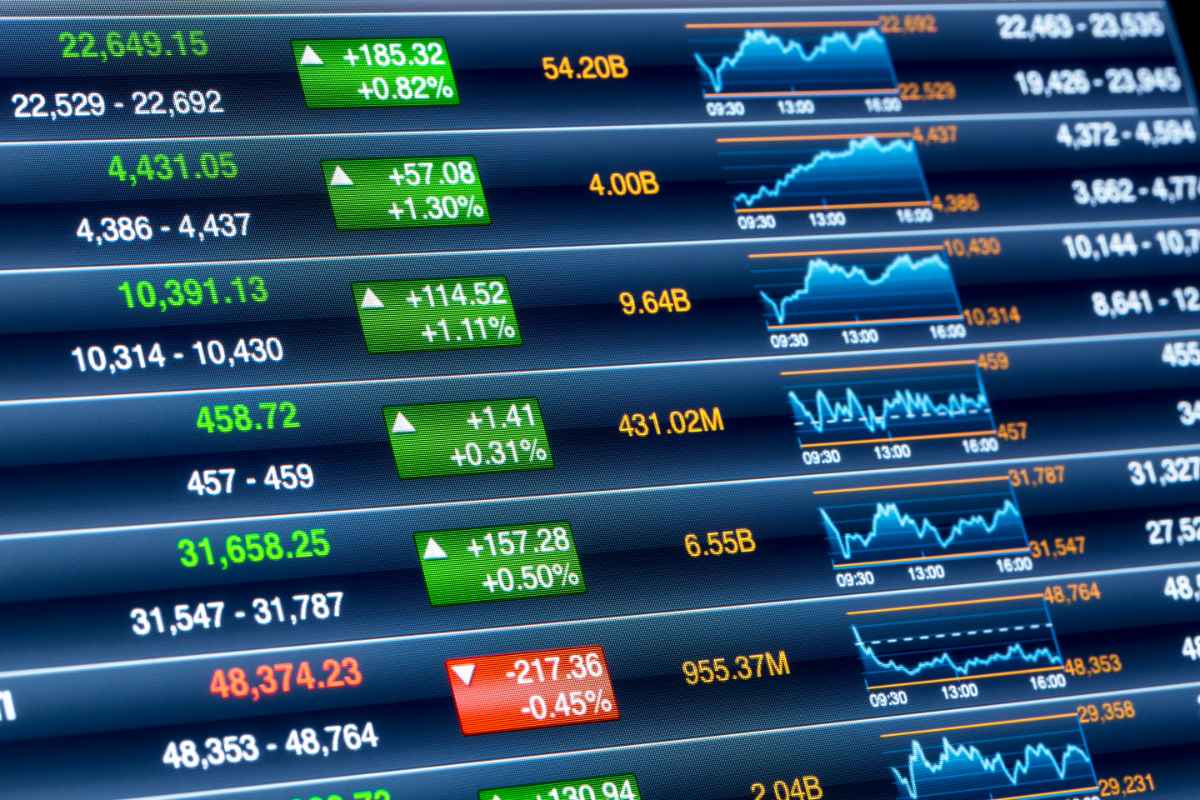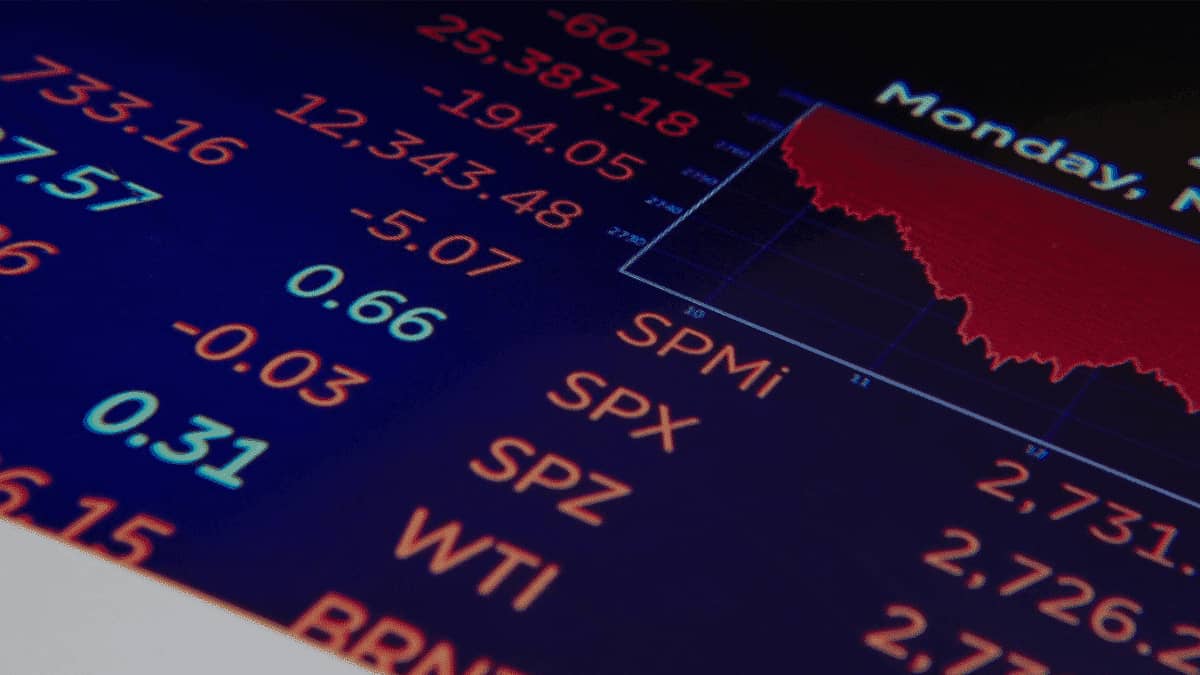US500 and SPX500 are both commonly used symbols for the S&P 500 cash index, which is a Contract for Difference (CFD) derived from the S&P 500 Index. S&P 500 CFD enables traders to speculate on the S&P 500 with a minimal margin requirement as low as $1.
This article will provide detailed insights into the contract specifications of S&P 500 CFD, with key takeaways including:
- Traders can speculate on the S&P 500 Index through US500 CFD without needing to trade any of the index constituents.
- US500 cash CFD offers leverage of up to 1:1000 and a minimum trading size of 0.01 lots.
What is SPX500(US500)
SPX500, representing the Standard and Poor 500 Cash Index, is a Contract for Difference (CFD) derivative based on the S&P 500 Index. As a CFD product, traders can speculate on the price movements of the S&P 500 index directly through SPX500, without needing to engage in the trading of any of the individual companies within the index.
Many brokers may also utilize US500 or US500 cash as the trading symbols for S&P 500 CFD, as it enables individuals to easily associate it with the US S&P 500 index. Additionally, the term US500 cash explains the characteristic of CFD trading, which involves settling trades in cash rather than physical assets.
Apart from simplifying the trading process, SPX500 CFD significantly reduces the trading threshold, making S&P 500 trading accessible to individual traders. We will delve into the details of this aspect further in the following sections of this article.
Why trade US500 Cash
Given the availability of Micro S&P500 Futures, requiring only a low margin of $130, one might question why choose to trade US500 Cash over the Futures. Generally speaking, SPX500 CFD offer significantly more flexibility than futures.
1). Super Low Threshold
While Micro E-Mini S&P500 Futures may require a relatively small margin of $130 for day trading, the lowest margin requirement for US500 CFD can be as low as $1, making S&P500 trading accessible to everyone.
2). Flexible Trading Condition
The typical leverage in futures trading is often just dozes of times, while the leverage on SPX500 CFD can be as high as 1:1000. Additionally, many CFD brokers offer the option to trade 0.01 lots.
3). Easy Margin Calculation
S&P500 futures involve two levels of margins: initial margin and maintenance margin. Moreover, the margin for overnight trading is typically ten times higher than for day trading. These complex margin rules can pose challenges for beginners.
In contrast, trading US500 CFD is much simpler, as it only requires a single margin tier throughout trading, with no difference between day and night trading.
US500 CFD Contract Size
The contract size for US500 CFD may vary among CFD brokers. However, the following is a typical size adopted by many brokers:
US500 CFD Contract Size = $1 × Index Quote
Compared to micro S&P futures, S&P CFDs are five times smaller in contract size. Additionally, while the minimum trading size for micro futures is 1 lot, CFD supports trading sizes as small as 0.01 lots. Below is a comparison of the contract value for the minimum trading size between futures and CFD, when the S&P 500 is trading at 5,200:
- Micro S&P futures: $5 × 5,200 = $11,000
- US500 CFD: $1 × 5,200 × 0.01 = $52
In terms of the value of the minimum trading size, S&P CFD is only 1/500 of that of micro futures, resulting in a significantly lower trading threshold.
For new traders, starting with 0.01 lots is a good way to practice trading strategies with minimal risk. However, experienced traders typically trade at least 1 lot or even 10 lots, as the profit and loss generated from 0.01 lots is relatively small.
US500 Leverage & Margin
Different from the complex margin rules of futures trading, the margin of US500 Cash is determined solely by leverage and the contract value when opening the position. Below is the formula for calculating its margin:
US500 Margin = (Trading Lot × Open Price × 10) ÷ leverage
Since leverage varies depending on the broker, the table below displays the margin requirements for 1 lot, 0.1 lots, and 0.01 lots with three different leverage ratios, given the index is trading at 5,200 points:
| US500 CFD Margin | |||
|---|---|---|---|
| 1 lot | 0.1 lots | 0.01 lots | |
| 1:100 leverage | $52 | $5.2 | $0.52 |
| 1:200 leverage | $26 | $2.6 | $0.26 |
| 1:500 leverage | $10.2 | $1.02 | $0.1 |
Under a leverage of 1:500, trading 0.01 lots of S&P CFD requires a margin of only $0.1, whereas trading 1 lot requires a margin of just $10.2.
Cost in Trading SPX500 CFD
1). Cost of Trading Spread
Unlike futures which is traded on Exchange, there is no Exchange fees on SPX500 CFD trading. Most CFD brokers only charge the spread, the difference between Ask and Bid price. For example, the spread in the quote below is 0.4.
The spread is only charged upon the opening of a position. If we buy 1 lot of S&P CFD at the above given price, the profit/loss will be -0.4 once the position is created. The position will be opened at the Ask price of 5218.42, with the immediate closing price of 5218.02 (Bid price).
The spread may vary significantly among brokers. Given that other trading conditions are not substantially different, the lower the spread, the better it is for the trader.
2). Cost on Rollover Fees
Rollover fees, or Swap fees displayed on popular MT4/5 platforms, are incurred for positions held past 5 PM EST. However, depending on the trading direction, traders may also receive a positive swap. Currently, long positions will be charged rollover, while short positions can receive a positive rollover.
Rollover rates can differ among brokers, and it’s possible that regardless of the long or short position, traders will need to pay rollover fees in both directions.
SPX500/US500 Trading Hours
During US daylight saving time(The second Sunday of March to the first Sunday in November), S&P 500 CFD opens at 6:00 AM and closes at 05:00 AM the next day, GMT+8, Monday to Friday, running 23 hours a day. In US winter time, the market shifts back one hour for both the opening and closing times.
SPX500 Trading Hours(US Daylight Saving, GMT+8)
Monday 06:00 AM to Saturday 05:00 AM, with one hour daily break from 05:00 AM to 06:00 AM
SPX500 Trading Hours(US Winter Time, GMT+8)
Monday 07:00 AM to Saturday 06:00 AM, with one hour daily break from 06:00 AM to 07:00 AM
US stock market is open for only six and a half hours a day, and traditionally, the S&P 500 index is expected to move only during that time. However, S&P CFD operates 23 hours a day due to after-hours trading for many of the index constituents. Fluctuations in after-hours trading are reflected in S&P CFD prices.
Furthermore, S&P 500 futures trade for 23 hours a day, and the price movement in the futures market also affects the cash CFD index. Therefore, S&P 500 CFD better reflects market trends to some extent.
US500 CFD Trading Examples
Let’s delve into an example of going long and another of going short on US500 CFD with a capital of $200 and a leverage of 1:500. This exercise will help us summarize our knowledge and understand how to calculate the trading profit and loss (P&L).
Going long on US500
Open a 10 lot long position at 5000.00
Used margin = (5000 × 10) / 500 = $100
Close the position when the market goes up to 5150.50
P&L = (5150.50 – 5000.00) × 10 = $1505
Going short on US500
Open a 1 lot long position at 5100.00
Used margin = (5100 × 1) / 500 = $10.2
Close the position when the market drops to 4950.00
P&L = (5100.00 – 4950.00) × 1 = $150
The daily price fluctuation on S&P500 is approximately 50 pips. The P&L in pips for both examples is 150 pips. In other words, with only a small margin, the P&L can be two to three times the initial capital in just a few days.
However, if the market moves against you, this also means that you can lose your capital very quickly. Therefore, position size is the key factor in risk management.
US500 CFD Broker List
1). ThinkMarkets
| Trading Symbol | SPX500 | Max Leverage | 1:500 |
| Platform | MT4/MT5/ThinkTrader | Regular Spread | 0.4 |
| Contract Size | $10 × Index quote | Min Trading Lot | 0.1 lots |
| Regulation | UK FCA, AU ASIC, Japan FCA, NZ FMA, Cyprus CYSEC, South Africa FSCA | ||
2). INFINOX
| Trading Symbol | SPX500 | Max Leverage | 1:1000 |
| Platform | MT4/MT5 | Regular Spread | 0.5 |
| Contract Size | $10 × Index quote | Min Trading Lot | 0.01 lots |
| Regulation | UK FCA, South Africa FSCA, Bahamas SCB, Belize FSC | ||
3). Pepperstone
| Trading Symbol | US500 | Max Leverage | 1:200 |
| Platform | MT4/MT5 | Regular Spread | 0.4 |
| Contract Size | $1 × Index quote | Min Trading Lot | 0.1 lots |
| Regulation | UK FCA, Cyprus SEC, AU ASIC, Dubai FSA | ||
4). Exness
| Trading Symbol | US500 | Max Leverage | 1:400 |
| Platform | MT4/MT5 | Regular Spread | 1.6 |
| Contract Size | $1 × Index quote | Min Trading Lot | 0.01 lots |
| Regulation | UK FCA, Cyprus SEC, South Africa FSCA | ||
5). Oanda
| Trading Symbol | US500 | Max Leverage | 1:888 |
| Platform | MT4/MT5/FXTRADE | Regular Spread | 0.6 |
| Contract Size | $1 × Index quote | Min Trading Lot | 0.01 lots |
| Regulation | US NFA, UK FCA, AU ASIC, Japan FSA, Singapore MAS | ||






